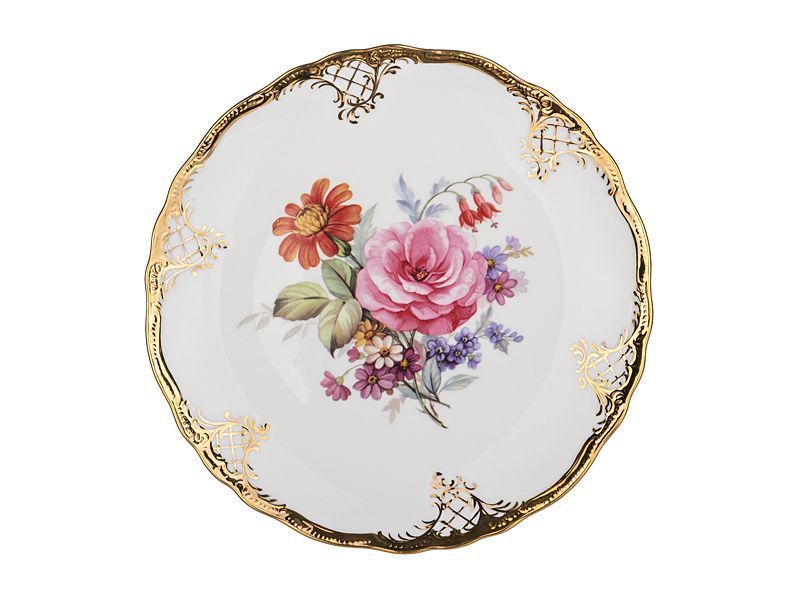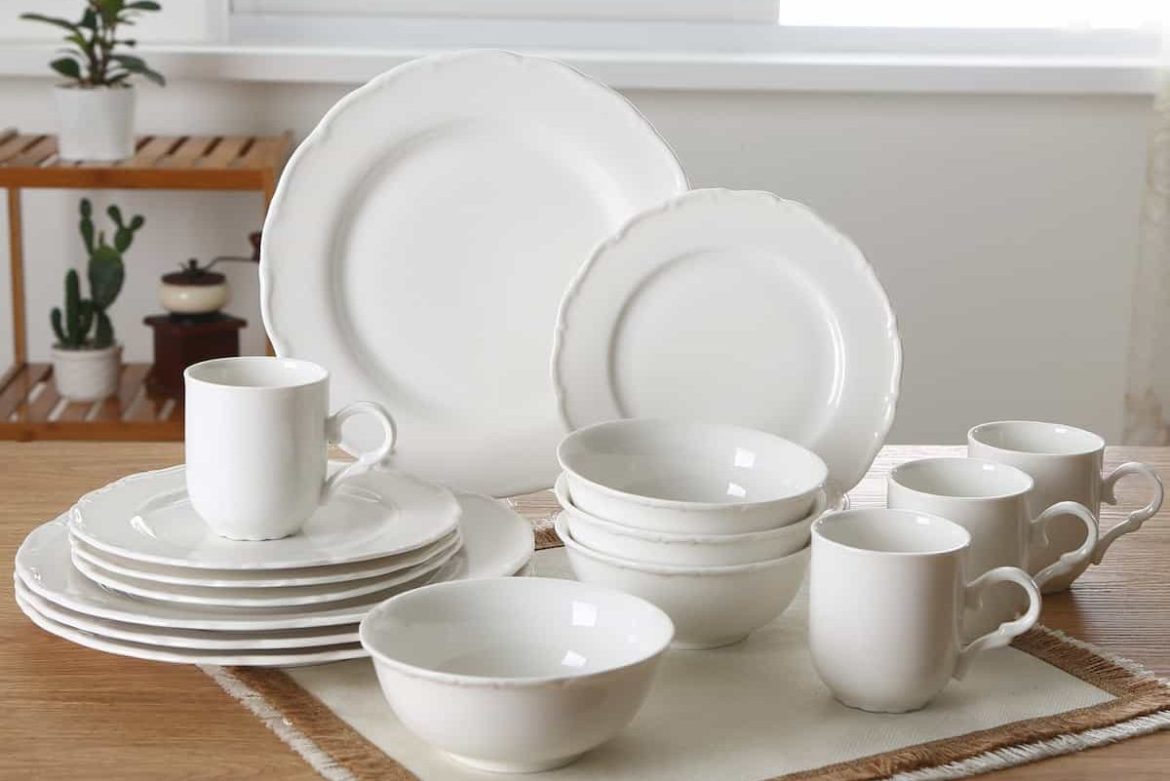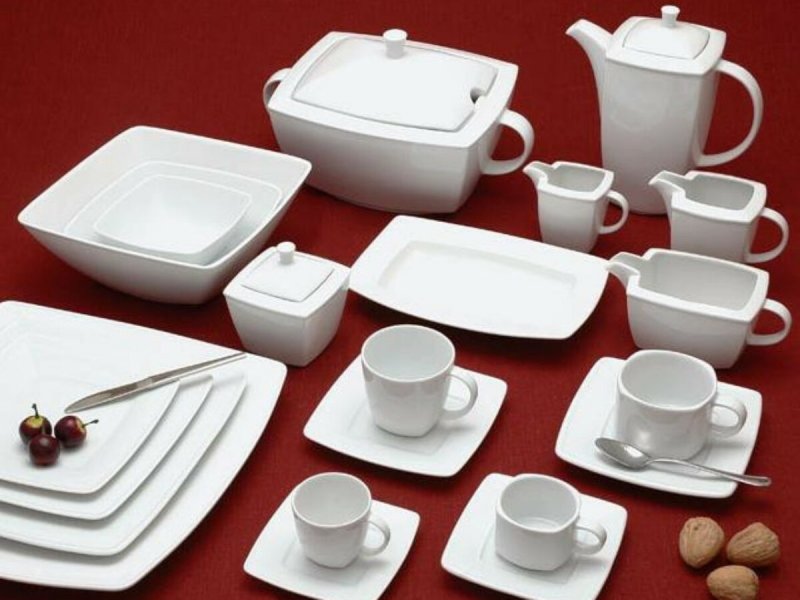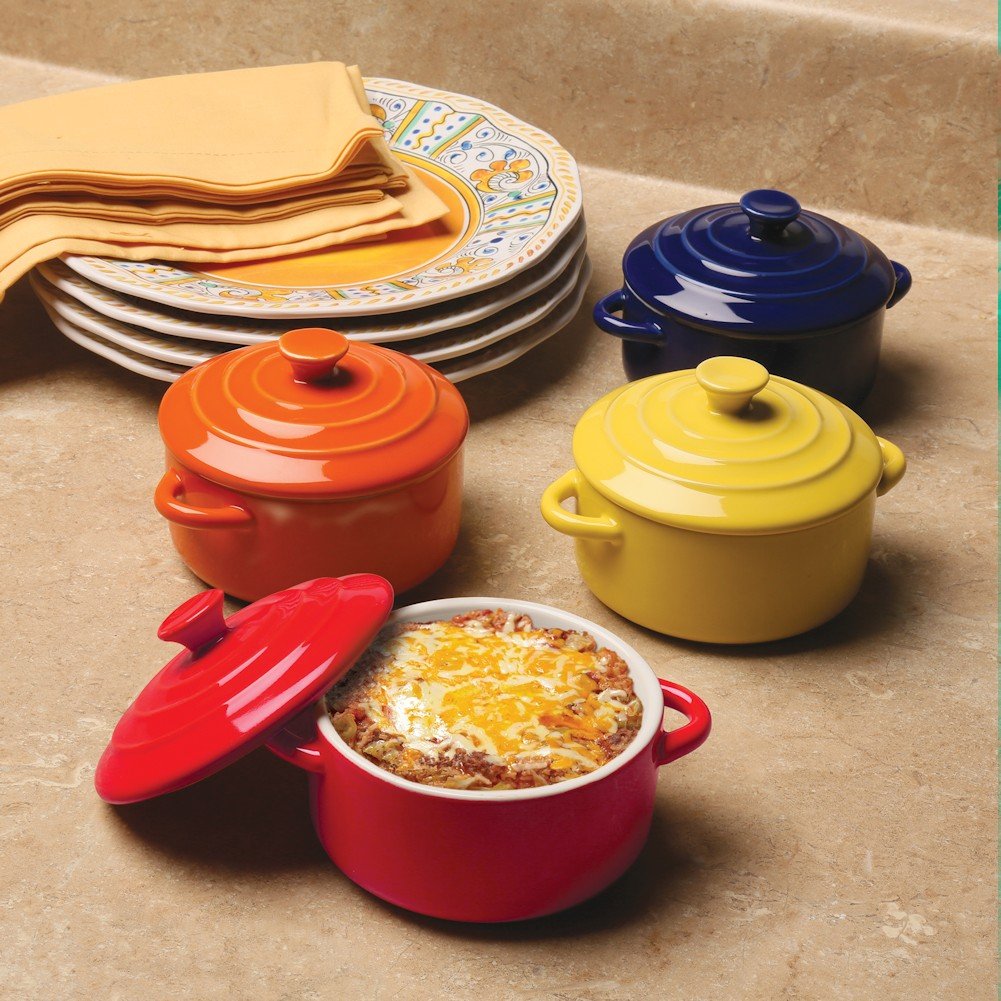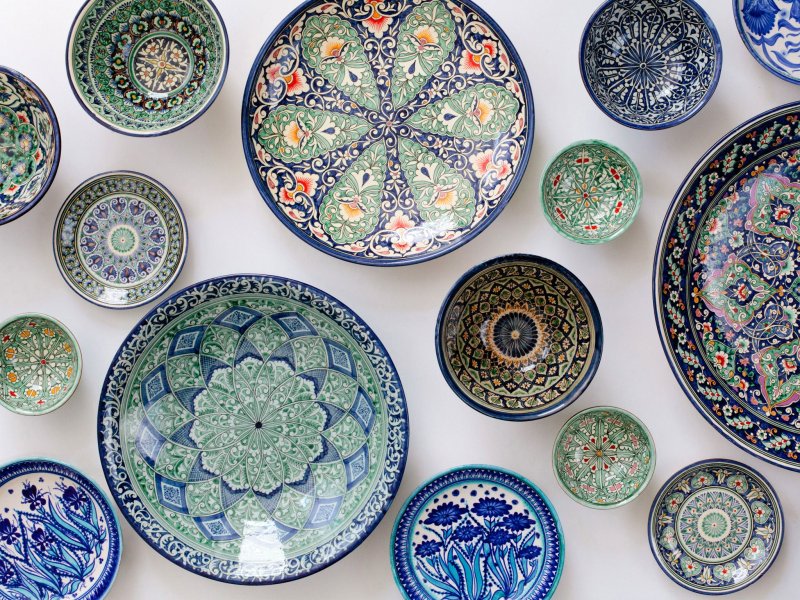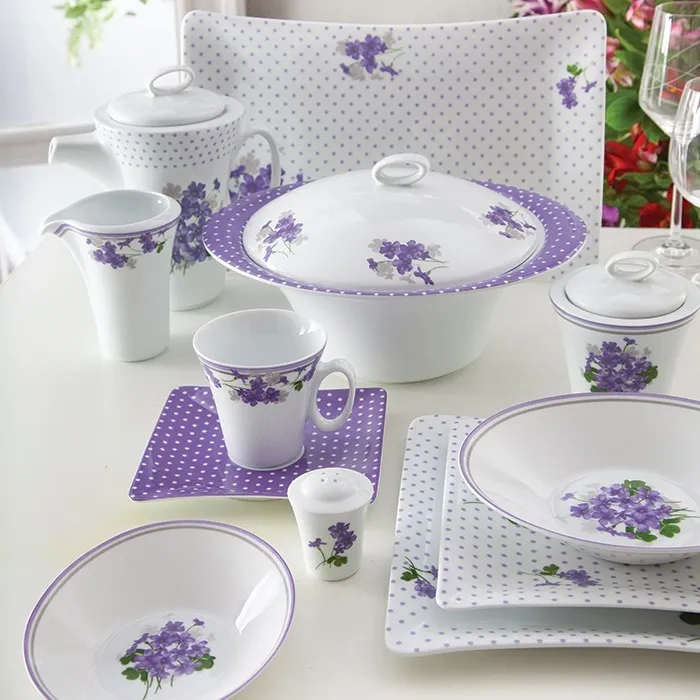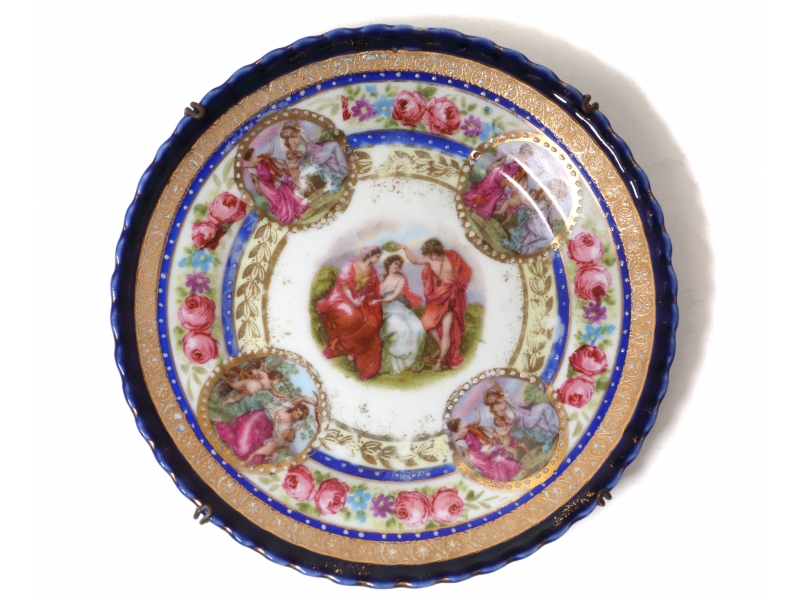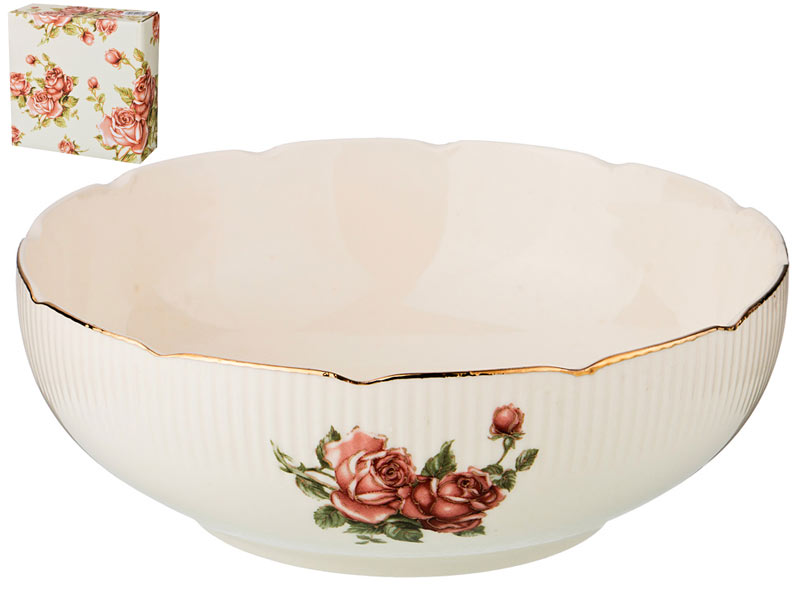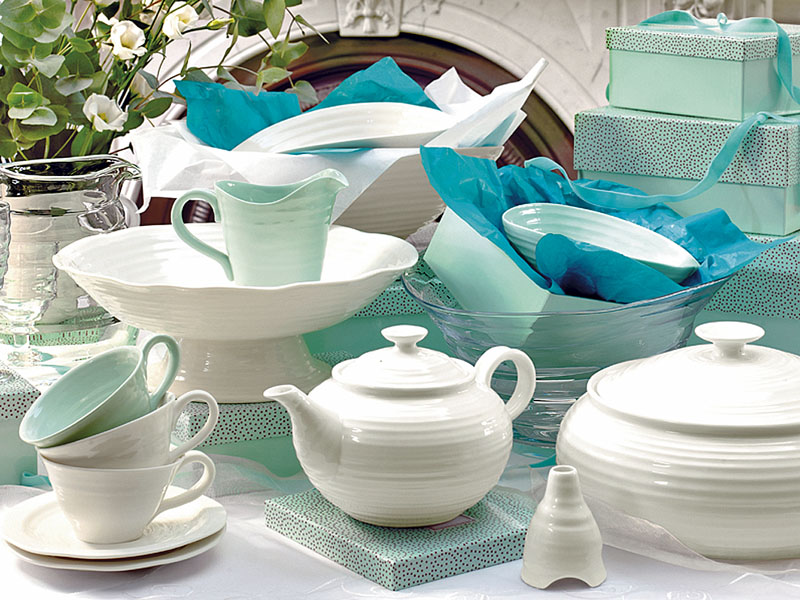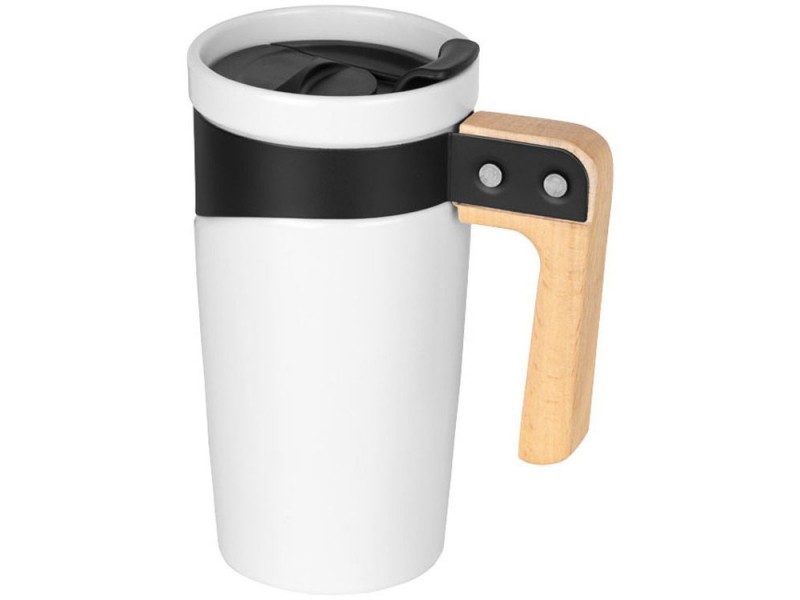Using Porcelain Plates in the Oven: Benefits, Precautions, and Care
Introduction:
Porcelain plates have long been a popular choice for tableware due to their elegant appearance and durability. While porcelain plates are primarily intended for serving and presenting food, many people wonder if it is safe to use them in the oven. In this article, we will explore the benefits, precautions, and proper care techniques when using porcelain plates in the oven.
Benefits of Using Porcelain Plates in the Oven:
1. Versatility: Porcelain plates are versatile and can be used in many different kitchen activities, including baking and roasting. They can withstand high temperatures, making them suitable for use in both conventional and convection ovens.
2. Even Heat Distribution: Porcelain plates possess excellent heat distribution properties, helping to ensure that food cooks evenly. This is particularly advantageous for dishes that require even heat distribution to achieve optimum results.
3. Aesthetic Appeal: Porcelain plates come in a wide range of shapes, sizes, colors, and patterns, allowing you to present your prepared dishes attractively. Transitioning from oven to table is seamless when using porcelain plates, enhancing the overall dining experience.
Precautions When Using Porcelain Plates in the Oven:
1. Check for Oven-Safe Label: Before placing porcelain plates in the oven, it is crucial to check if they are oven-safe. This information can usually be found on the manufacturer’s label or packaging. If there is no clear indication, it is safer to assume that the plates are not suitable for oven use.
2. Gradual Temperature Changes: Porcelain plates are sensitive to sudden temperature changes. To prevent cracking or damage, it is essential to avoid placing them directly from the refrigerator or freezer into a preheated oven. Gradual temperature changes are recommended, allowing the plates to gradually adjust to the rising heat.
3. Avoid Thermal Shock: Porcelain can become vulnerable when exposed to thermal shock, which occurs when the temperature changes rapidly. To minimize the risk, it is crucial to preheat the oven before placing the porcelain plates inside. Additionally, do not expose hot porcelain plates to a cold surface immediately, as this can lead to cracking.
4. Proper Placement: When using porcelain plates in the oven, it is essential to position them in a way that allows for optimal heat circulation. Avoid overcrowding the plates or placing them too close to the oven walls. Adequate space between the plates ensures proper airflow and even cooking.
5. Acidic or Staining Ingredients: Porcelain plates are generally resistant to staining, but it is still advisable to avoid using highly acidic ingredients or those with strong coloring agents directly on the surface. Use parchment paper or baking sheets if necessary to protect the porcelain plates from potential discoloration or staining.
Care and Maintenance:
1. Handwashing: To maintain the quality and longevity of your porcelain plates, it is best to hand wash them. Avoid using abrasive scrubbers or harsh cleaning agents, as these can cause scratching or dulling of the surface. It is recommended to use a soft sponge or cloth with mild dish soap and warm water.
2. Stain Removal: In the event of stains, baking soda can help remove tough or stubborn marks on porcelain plates. Create a paste by mixing baking soda and water, then apply it to the stained area. Allow the paste to sit for a few minutes before gently scrubbing with a soft brush or sponge. Rinse thoroughly and dry.
3. Storage: When not in use, store porcelain plates in a safe and organized manner. Place them in a dry cabinet or cupboard, away from direct sunlight, extreme temperatures, and excessive humidity. Ensure they are properly cushioned to prevent accidental damage.
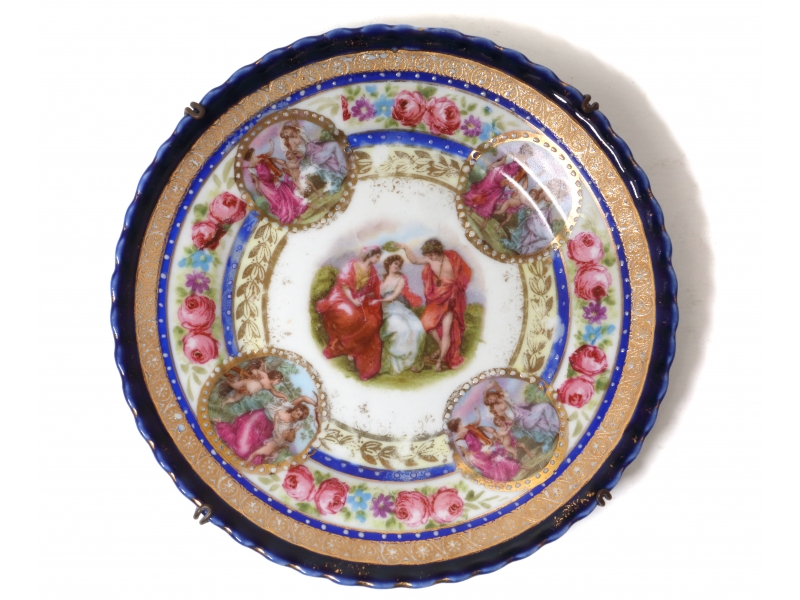
Conclusion:
Using porcelain plates in the oven can be a convenient and aesthetically pleasing way to prepare and serve meals. By following the proper precautions and care techniques, you can continue to enjoy the benefits of porcelain plates without compromising their quality or risking damage. Always check for the oven-safe label, avoid rapid temperature changes, and take the necessary steps to maintain your porcelain plates, ensuring they remain a valued part of your kitchenware collection for years to come.Porcelain Plates in the Oven: A Comprehensive Guide for Home Cooks and Professional Chefs
1. Introduction to Using Porcelain Plates in the Oven
– Overview of the increasing popularity of porcelain plates for cooking purposes.
– Explanation of the benefits and versatility of using porcelain plates in the oven.
– Importance of understanding the precautions and care techniques involved.
2. The Versatility of Porcelain Plates in the Oven
– Highlighting the various culinary applications for porcelain plates in the oven.
– Explaining how these plates can be used for baking, roasting, and reheating.
– Emphasizing the even heat distribution and heat retention properties of porcelain plates.
3. Choosing the Right Oven-Safe Porcelain Plates
– Providing tips on selecting porcelain plates specifically designed for oven use.
– Looking for the oven-safe label and reading manufacturer specifications.
– Discussing the importance of purchasing high-quality, durable porcelain plates.
4. Precautions to Observe when Using Porcelain Plates in the Oven
– Detailed description of the importance of avoiding sudden temperature changes.
– Elaborating on the concept of thermal shock and its potential damage to porcelain plates.
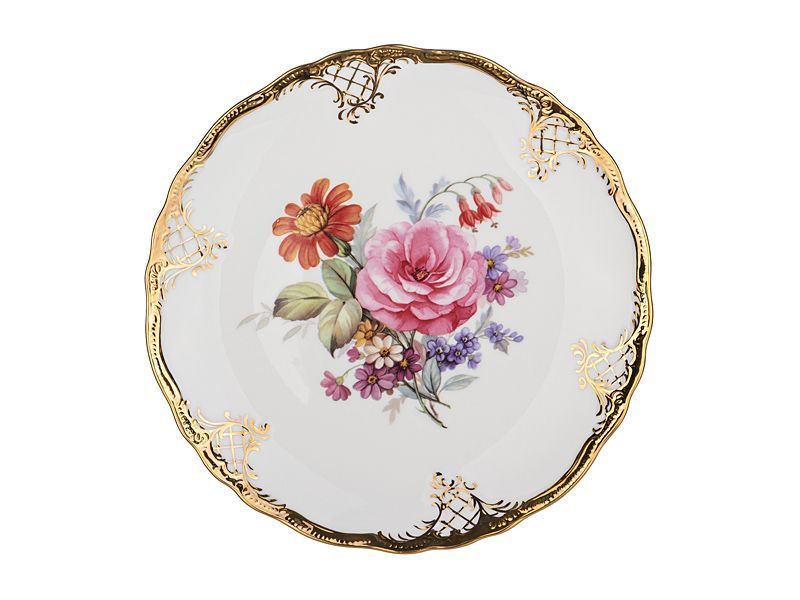
– Recommending gradual temperature changes and preheating the oven to minimize risk.
5. Proper Placement and Arrangement of Porcelain Plates
– Discussing the significance of arranging porcelain plates for optimal heat circulation.
– Explaining the risks of overcrowding or placing plates too close to the oven walls.
– Encouraging prudent placement to ensure even cooking and prevent potential cracking.
6. Concerns with Acidic or Staining Ingredients
– Addressing the issue of potential discoloration or staining on porcelain plates.
– Noting the plates’ general resistance to staining but advising caution with highly acidic ingredients.
– Recommending the use of parchment paper or baking sheets as a protective barrier.
7. Care and Maintenance of Porcelain Plates
– Detailed instructions for handwashing porcelain plates to maintain their quality.
– Recommending the use of mild dish soap, warm water, and a soft sponge or cloth.
– Cautioning against the use of abrasive scrubbers or harsh cleaning agents to prevent damage.
8. Removing Stains from Porcelain Plates
– Offering a step-by-step guide to remove tough stains from porcelain plates using baking soda.
– Explaining how to create a paste and apply it to the stained areas.
– Suggesting gentle scrubbing with a soft brush or sponge for effective stain removal.
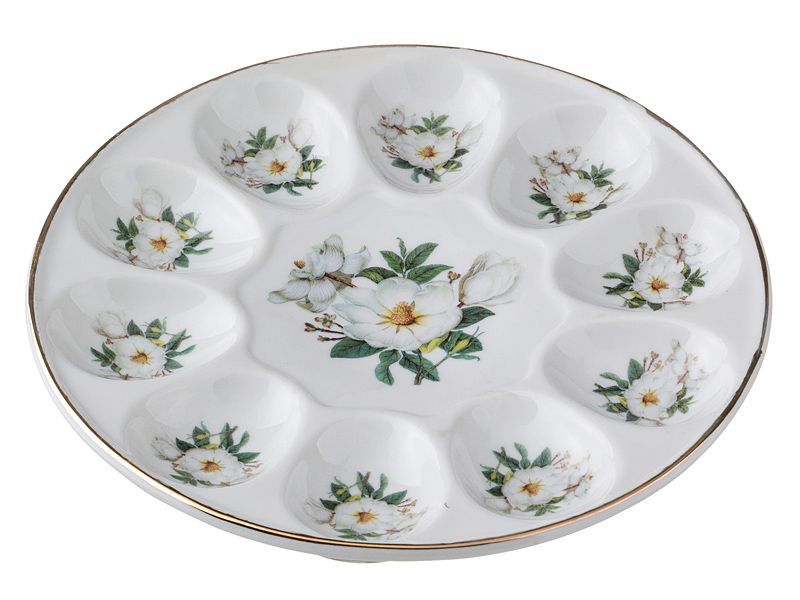
9. Proper Storage and Organization of Porcelain Plates
– Explaining the importance of storing porcelain plates correctly to prevent damage.
– Recommending storage in a dry cabinet or cupboard, away from extreme temperatures and moisture.
– Encouraging the use of cushions or padding to protect plates from accidental damage.
10. Frequently Asked Questions about Porcelain Plates in the Oven
– Addressing common concerns and queries regarding the use of porcelain plates in the oven.
– Offering insights into specific cooking techniques, temperature limits, and durability.
– Providing solutions to potential issues, such as cracking or warping, and how to avoid them.
11. Tips and Tricks for Cooking with Porcelain Plates in the Oven
– Sharing expert advice and techniques to enhance cooking outcomes with porcelain plates.
– Suggesting recipes and dishes that work exceptionally well when prepared on porcelain plates.
– Describing how to utilize the aesthetic appeal of porcelain plates for food presentation.
12. Conclusion: Harnessing the Potential of Porcelain Plates in the Oven
– Summarizing the advantages, precautions, and care techniques of using porcelain plates in the oven.
– Encouraging readers to confidently incorporate porcelain plates into their cooking routine.
– Reminding them to prioritize safety, proper usage, and appropriate care for a long-lasting experience.
